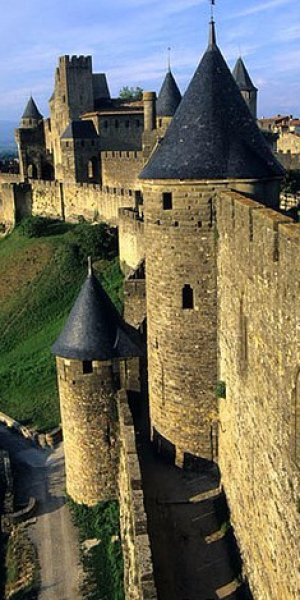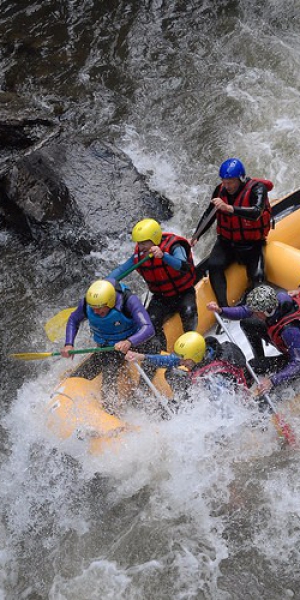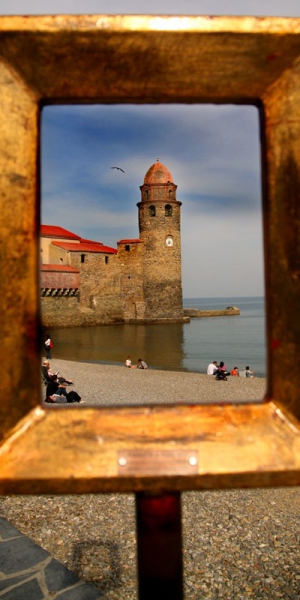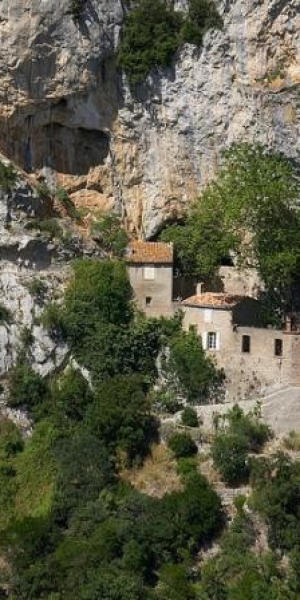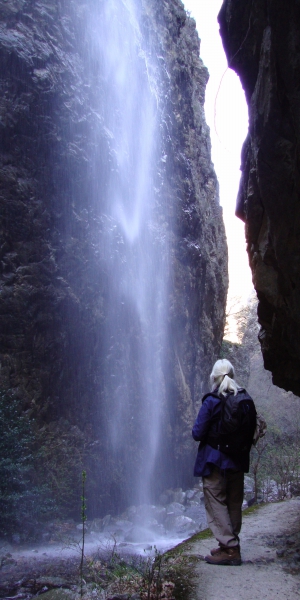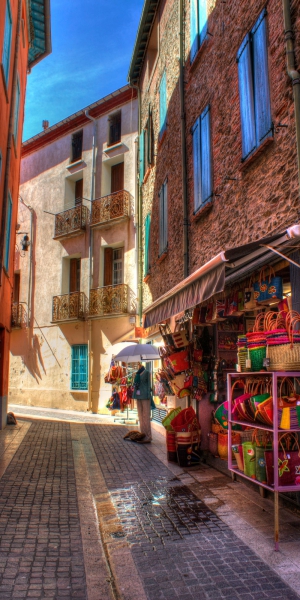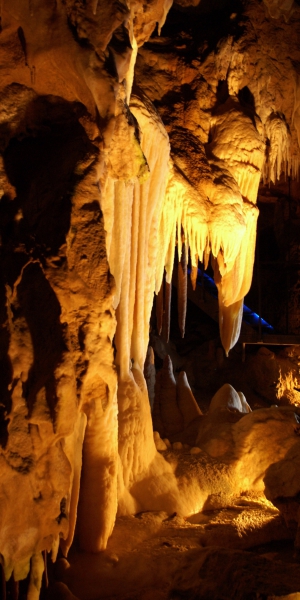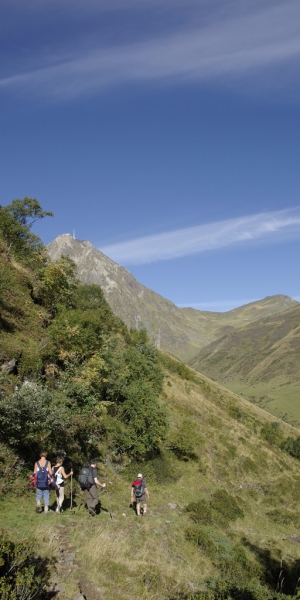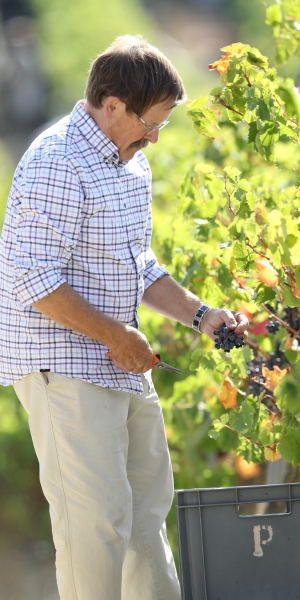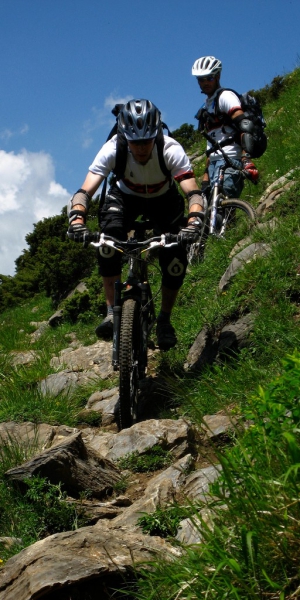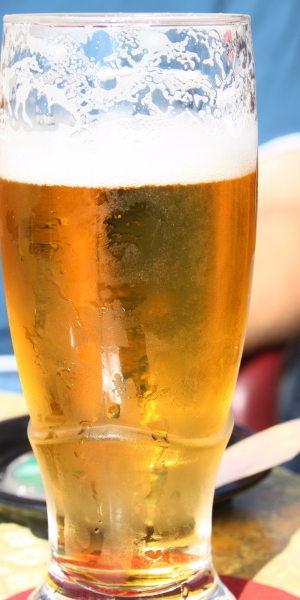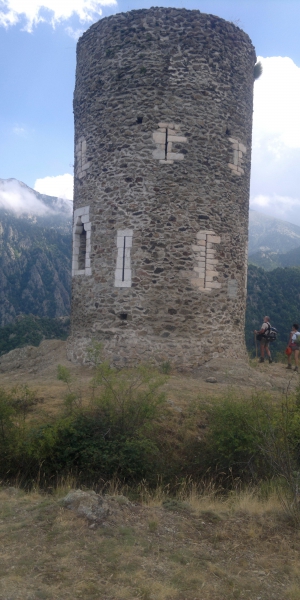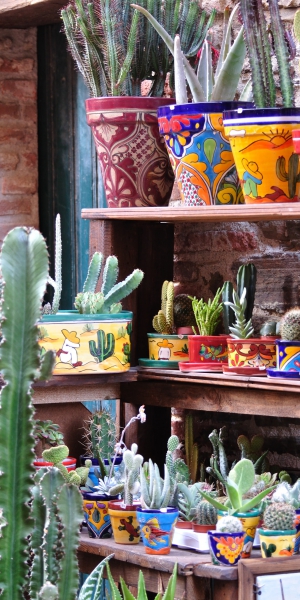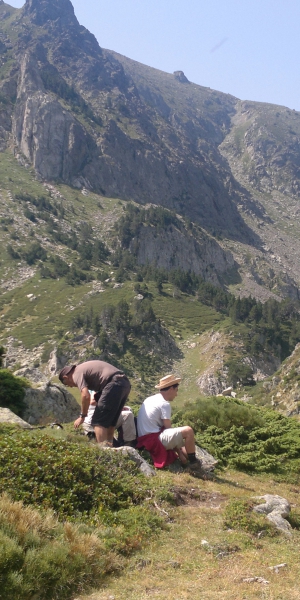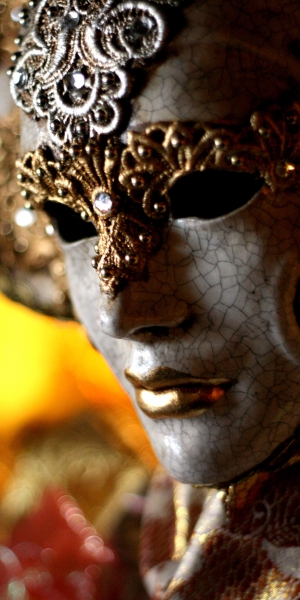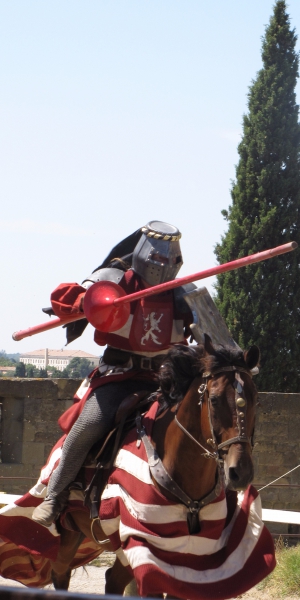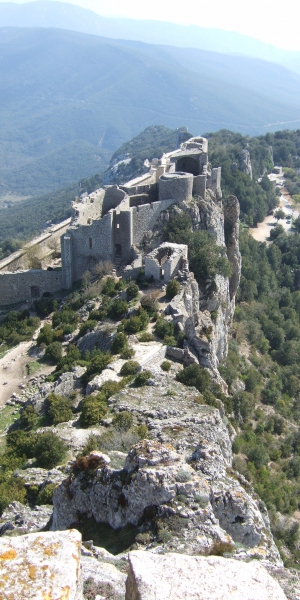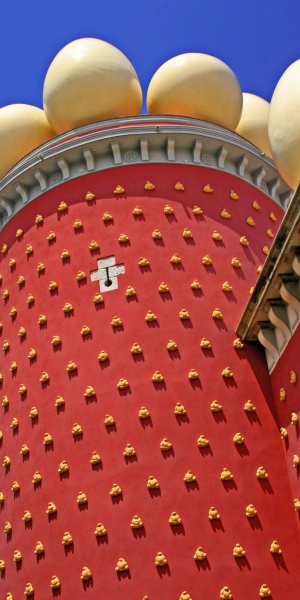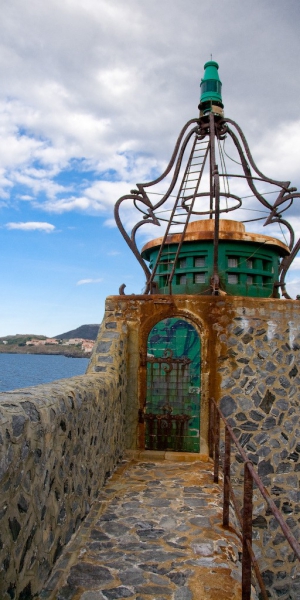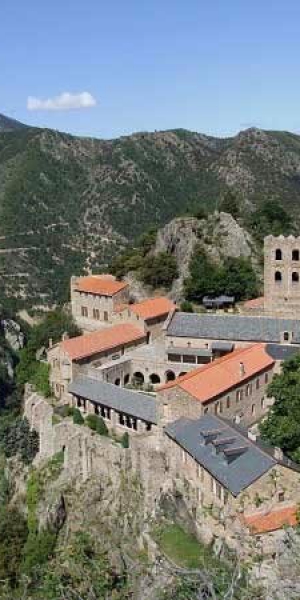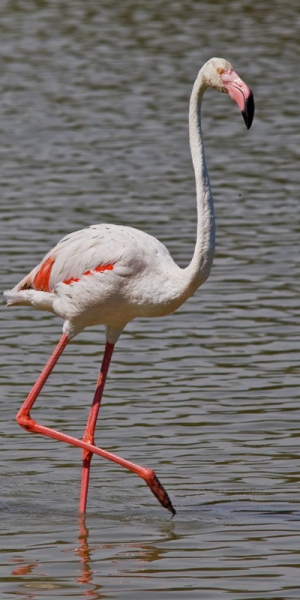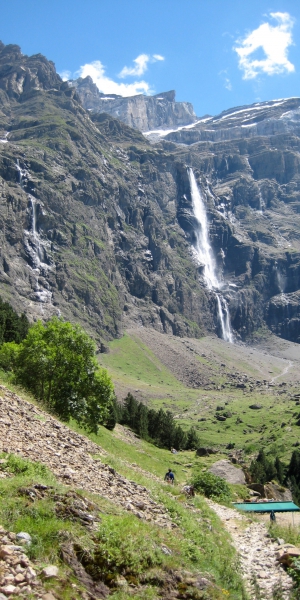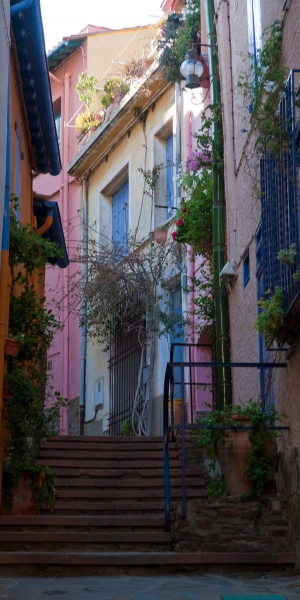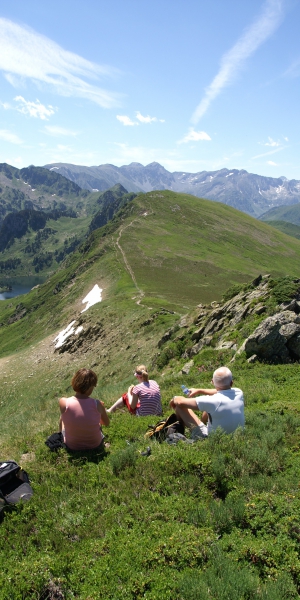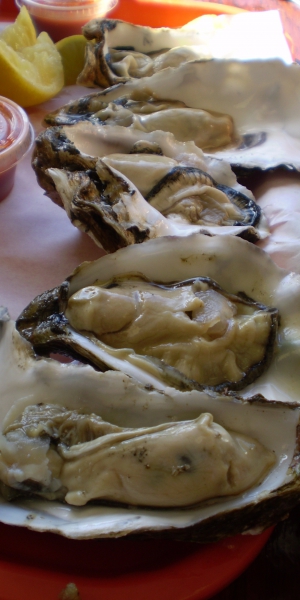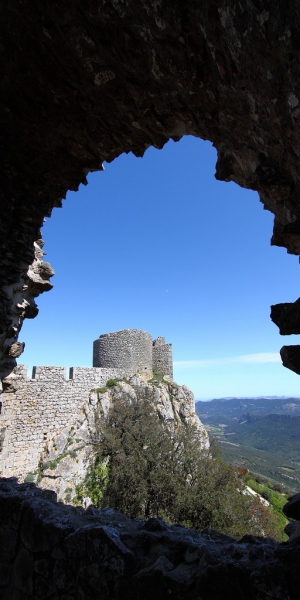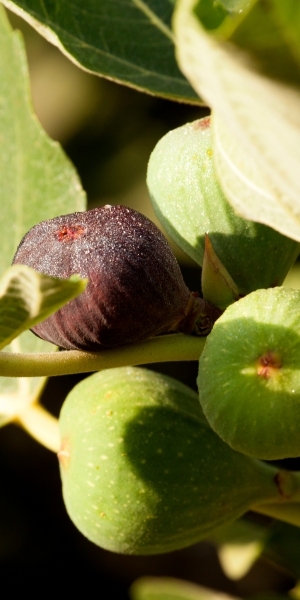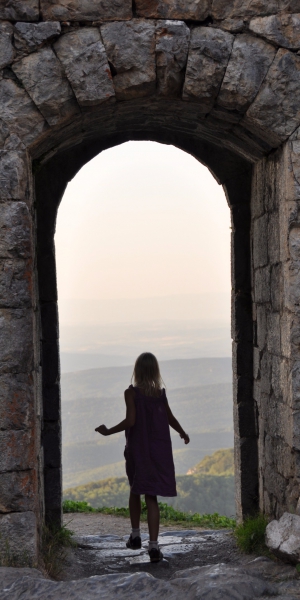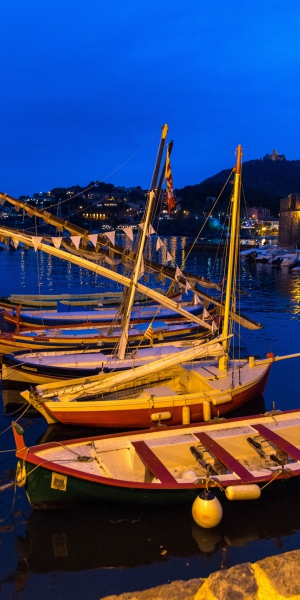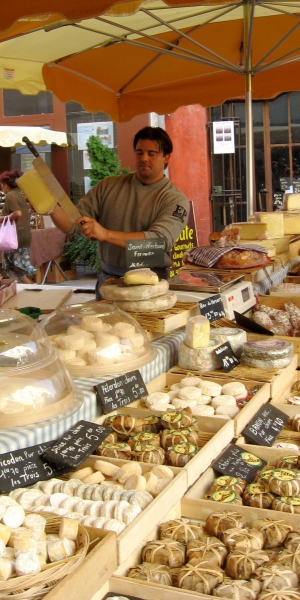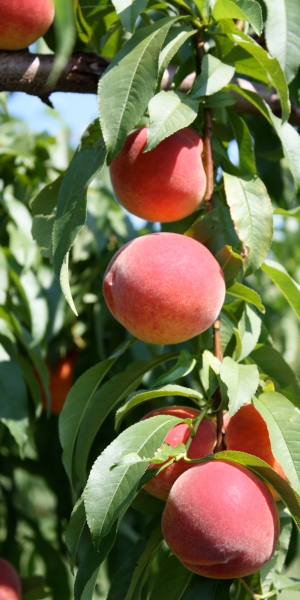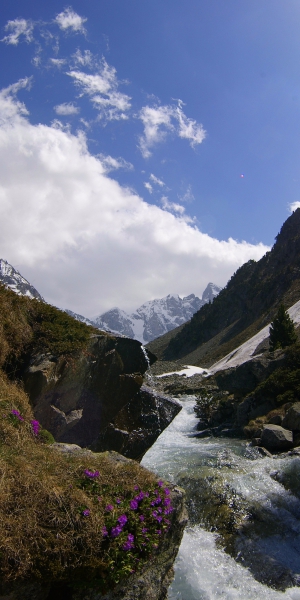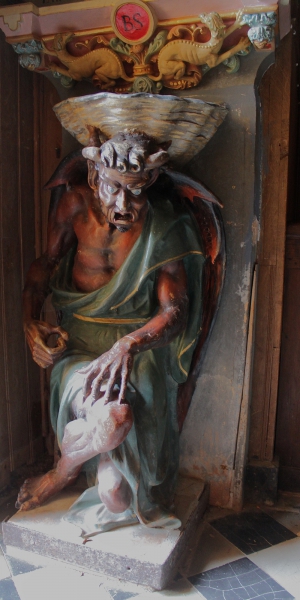Things to do in the area
The Languedoc-Roussillon region is often referred to as the ‘Real South of France’ thanks to its largely unspoilt countryside, traditional wine-making villages and slower pace of life. Here you will find a lot of things to do.
So beautiful an area with such an amazing history naturally offers a huge amount to see and do, but which activities should visitors to the area do? Hiking? Rock climbing, Cycling on Mountain bike or high-end bikes? Wild river sport? Fishing? Caving? Taste fantastic wines? Explore the the famous World Heritage Sites recognized by UNESCO or immerse themselves in the Cathar history? With so many choices, it is better to ask: which one should I try first?
The Languedoc-Roussillon region excels at the traditional, the natural and anything to do with wine. Most of the villages here are very much working villages, usually dominated by wine-making. Both in Axat and in larger villages you will still find bakeries teeming with inexpensive and delicious breads, old fashioned butchers, restaurants and central squares, old ladies gossiping and that group of men playing petanque or talking over a glasses of Pastis in the local bar. It’s all here!
From traditional celebrations to modern art galleries, from hearty regional dishes to haute cuisine served in award-winning restaurants – The area is home to a hugely diverse food, art and cultural scene.
What typically for this Region? The best way to answer this question is by visiting one of the many traditional celebrations held in the region such as the karneval in Limoux, the famous Toques et Clochers, Medieval celebration
at one of the many medieval castles like Carcassonne, Perpertuse or Puilerens. Visitors to the region will find an intriguing contrast of the centuries-old and castles and fortresses to the new and modern architecture.
Heading east the landscapes are expansive and wild, with gently rolling hills carpeted with vines and the local ‘garrigue’ – a perfumed scrub of broom, rosemary, lavender, euphorbia and other dry-weather plants – dotted with olive trees, Mediterranean oak, almond and cherry trees and, of course, the mighty ‘Platins’ or plane trees. Head north into the hills, and you will find massive forests of pines. From up here, you’ll be treated to spectacular views across the valleys below to the snow-capped Pyrénées and the coast.
The regional differences are enormous. South of the Canal du Midi, the Corbières offers a rockier, wilder, more remote version of Languedoc. The foothills of the Pyrénées offer abbeys teetering on cliffs, walled towns and batterred medieval castles. Or visit Europe’s biggest river delta, The Camargue, with its red lakes, pink flamingoes, white horses and black bulls.
The Languedoc-Roussillon is one of the most historically interesting regions in Europe.
As a visitor you can explore thousands of years of war, religious fervor and conquest have endowed the area with some of France’s most spectacular and interesting historical sights, from Europe’s biggest medieval castel and the remains of Cathar strongholds, to the elegant carved cloisters of medieval abbeys. So find the things you want to see first!

